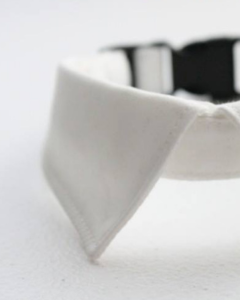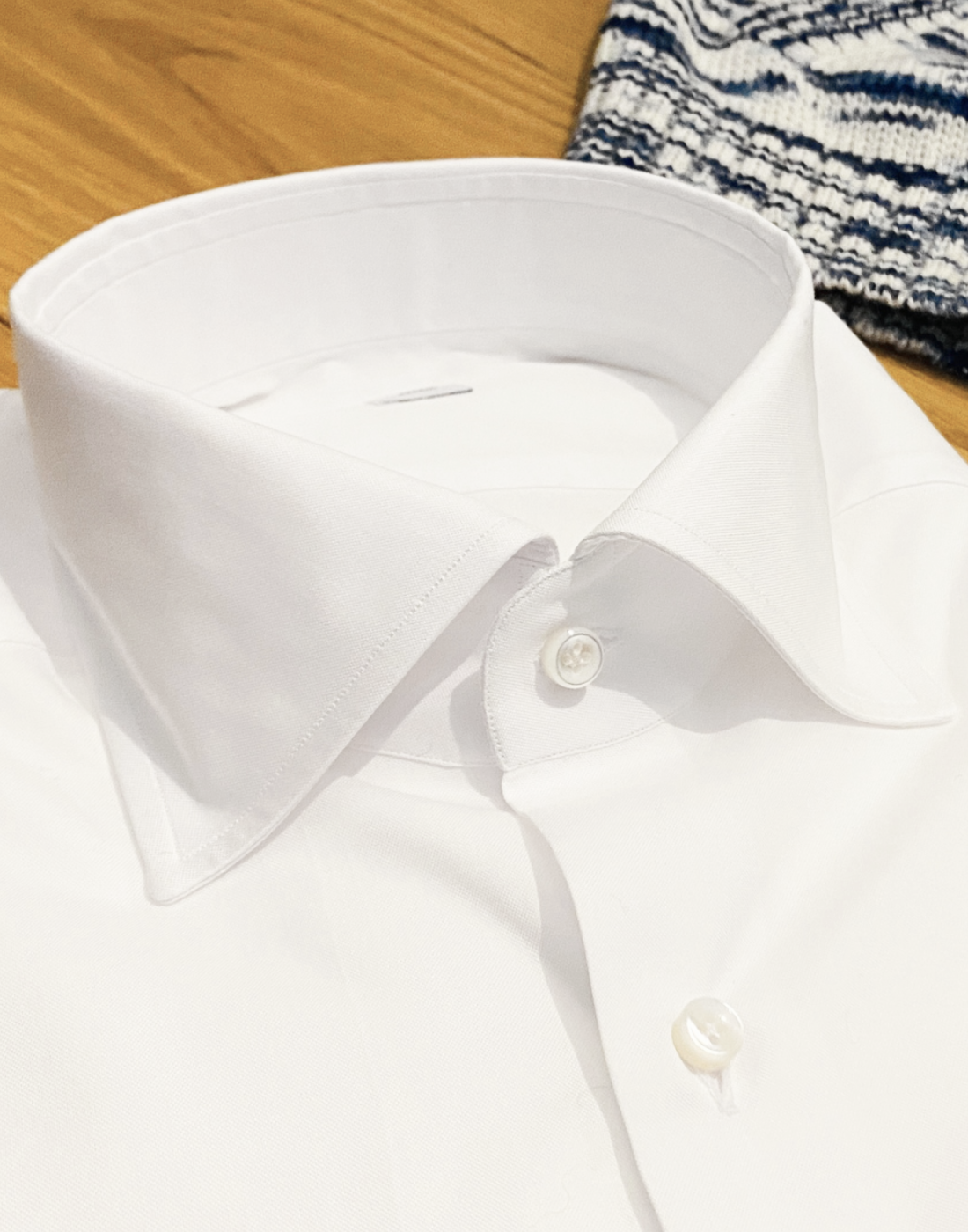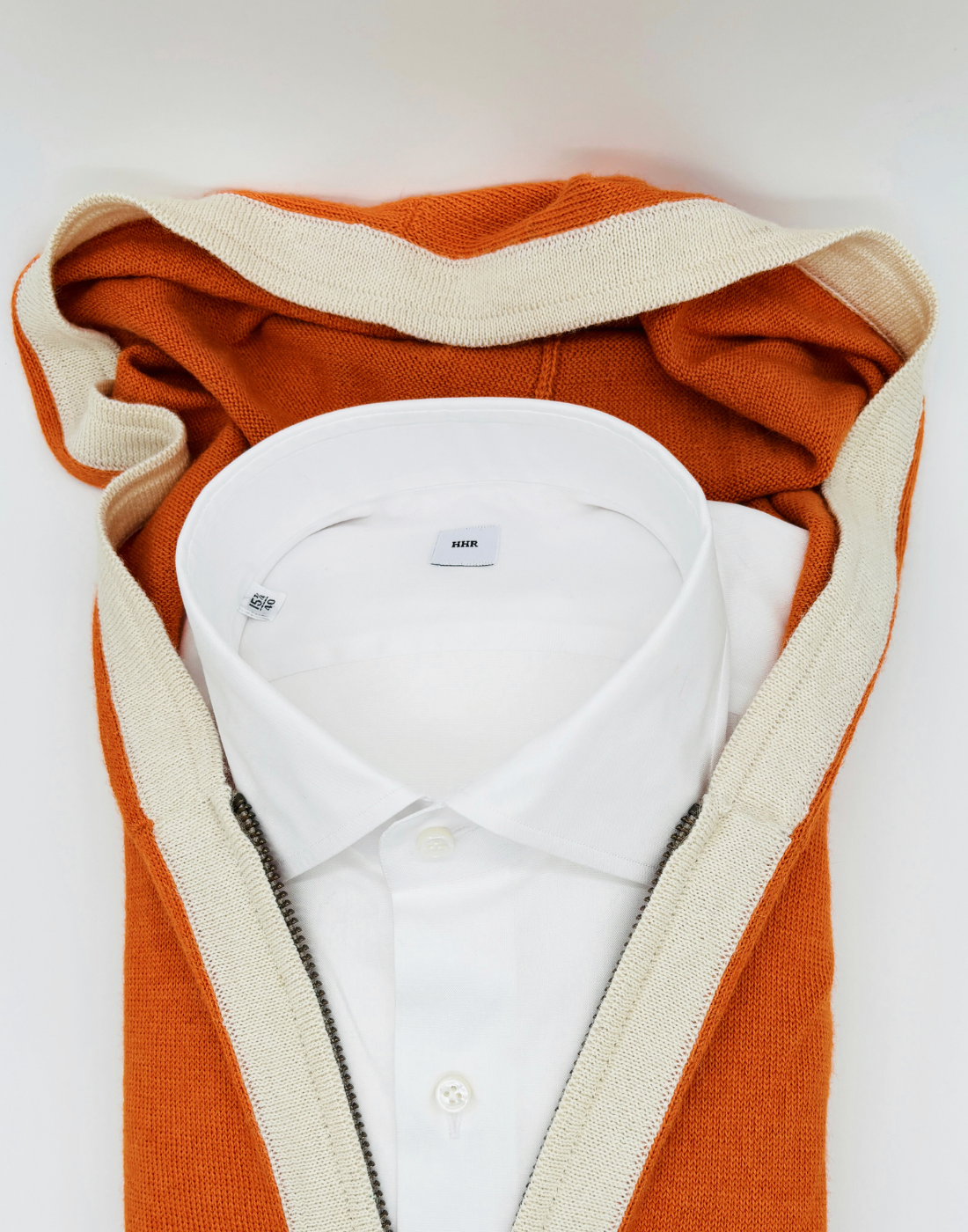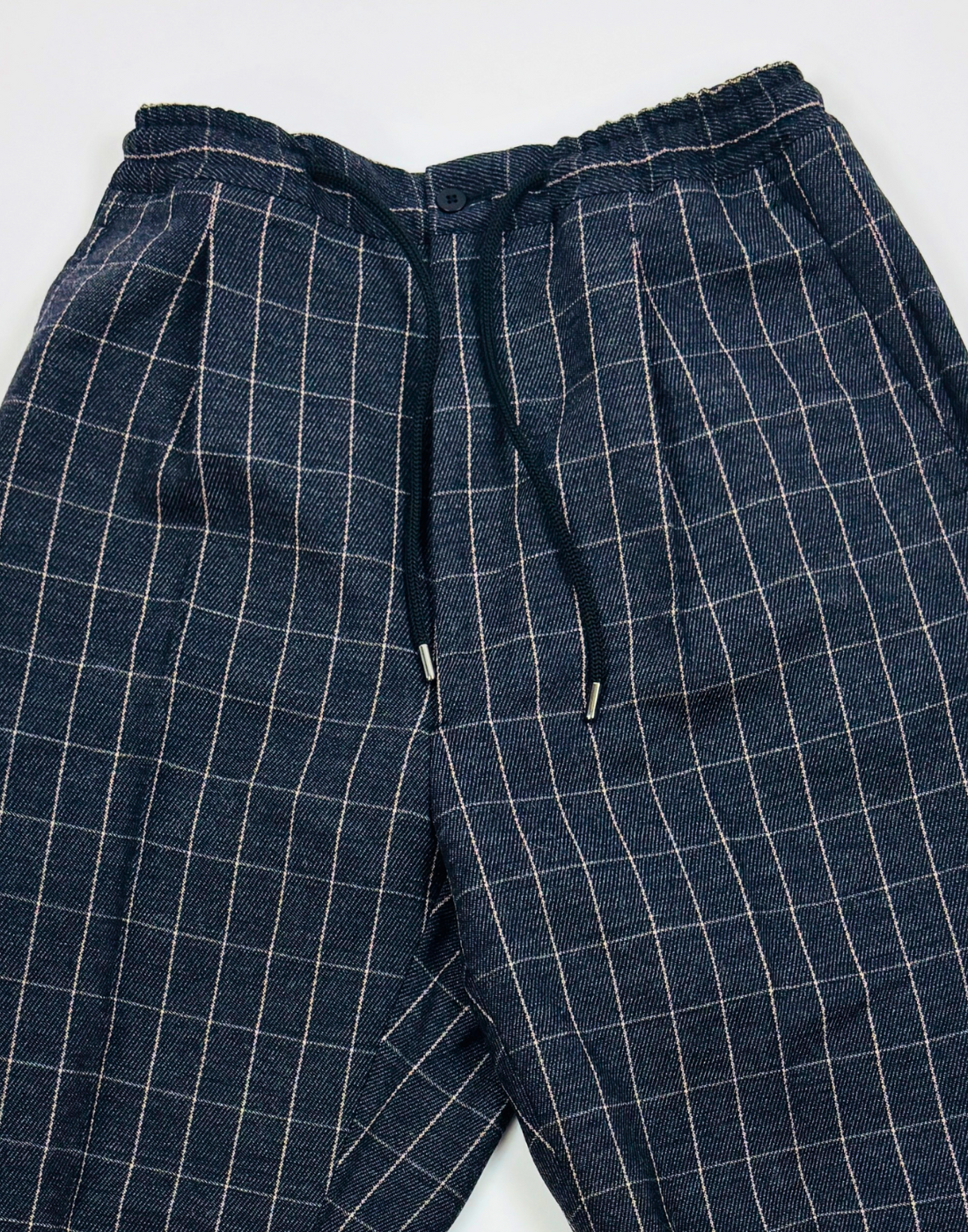
Alpacas only nibble on the tips of grasses and plants; they do not pull the plants out of the ground, which means the vegetation is less disturbed and can grow back.

Unlike goats and sheep, which damage the pasture and soil with their sharp hooves, alpacas have two toes with toenails on the top and soft pads on the bottom of each foot, minimizing their impact on the pasture. In other words, alpacas do not disturb the turf, leaving the soil and their habitat intact.

The natural habitat of alpacas is approximately 3,800 meters above sea level. At this altitude, water is natural and the soil is generally unsuitable for agriculture.
This makes alpacas more environmentally friendly than any other fiber-producing farm animals, which often contribute significantly to serious environmental problems.

The efficiency of alpacas is particularly remarkable considering that they require much less feed than most other fiber-producing livestock. Cashmere goats, for example, require at least twice as much dry grass as alpacas to produce 1 kg of clean fiber.

Alpaca fibers come in more than 22 natural colors. These colors are categorized into nine pure colors: white, light fawn, light camel, camel, light brown, brown-gray, brown/black, and black, along with many other subtle shades and hues. Therefore, alpaca fibers can be blended to create an infinite palette of natural colors, including combinations not found in nature, thus avoiding industrial dyeing and saving large amounts of water and energy.

Compared to other animal fibers, alpaca fiber has a low fat content (2.8 - 3.9%), which means that much less energy and chemicals are needed to treat the wash water.

The fineness of alpaca fiber ranges from 18 microns to more than 35 microns, which allows the production of extremely fine and light products up to thick blankets with excellent properties.

The physical properties of alpaca fiber, such as its color range, structure, and durability, enable the production of garments of exceptional quality, luster, and drape—characteristics unmatched by any other textile fiber. The strength, density, and curvature of alpaca fiber make alpaca garments highly resistant to wear and tear.

Microscopically, animal fibers resemble a palm tree with scales. While wool's scales range in height from 0.65 to 0.90 microns, alpaca fiber barely reaches 0.25 microns. These properties make alpaca fiber much softer and more supple than other animal fibers or cotton.

The physical properties of alpaca fibers allow the production of products that perform excellently in extreme climatic conditions, both cold and hot. Alpaca fibers are also flame-resistant compared to plant-based or synthetic fibers.









